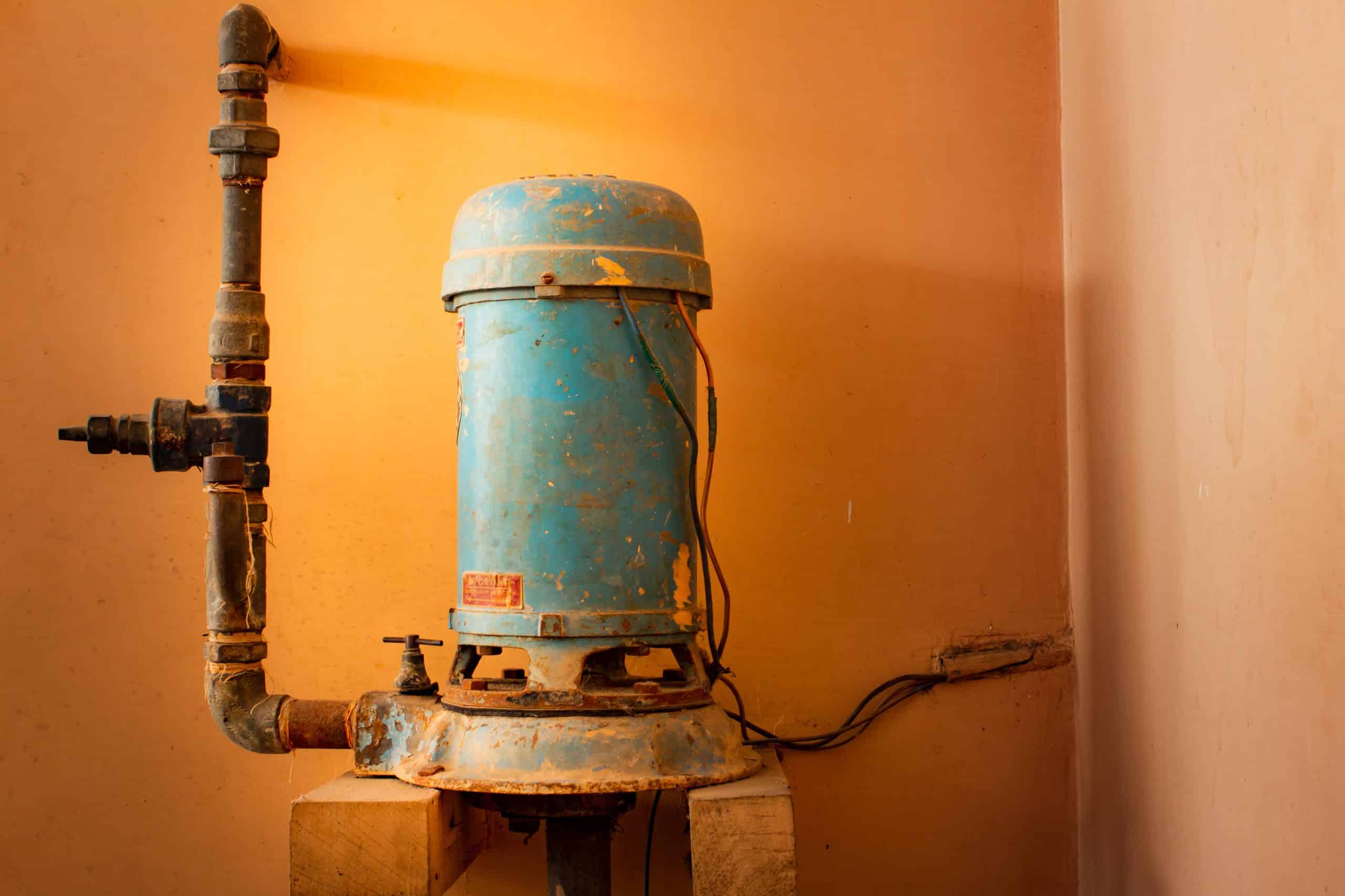Water damage is one of the worst issues that can impact any home. Especially in areas with frequent flooding, keeping water out of your home is crucial to avoiding mold, fungus, and structural damage. Many homeowners need help protecting their homes from water damage.
Most homes have a crawl space between the ground and first floors. Crawl space sump pump installation is usually the answer for homes trying to minimize water damage. These devices pump away water accumulating in your crawl spaces to avert standing water.
While this device might be the answer for your home, many homeowners wonder how to begin installing a sump pump in their crawl space. With more information about its installation, maintenance, and repair, you can stop researching “How to install a sump pump in a crawl space?”
What Is a Sump Pump?
Sump pumps are devices that actively pump accumulating water away from your home to avoid water and structural damage. Sump pump installation in a crawl space includes mandatory and optional components to create a comprehensive water discharge system.
A sump pump in a crawl space includes the following components:
- Groundwater Collection System: The first component of your sump pump system is a sloped groundwater collection system that guides water toward your pump and discharge pipe. The slope of the groundwater collection system ensures that water doesn’t build up before ejection.
- Sump Basin: Groundwater collection systems lead to the sump basin, a large hole where water accumulates and leaves your home through the rest of the system. The depth of your basin depends on the layout of your sump pump installation crawl space.
- The Sump Pump: Within your basin is the primary sump pump, which performs the water removal process. There are different sump pumps, usually ranging from about ¼ to 1 horsepower. Read more about the advantages and differences between the types of sump pumps below.
- Discharge Pipe: The discharge pipe connects to your sump pump and carries water away from your home. Made of plastic or cast iron, discharge pipes take water far from your home to avoid water damage.
- Check Valve: The check valve ensures water doesn’t return into your system through backflow.
- Battery Backups (Optional): While battery backups are not mandatory in a crawl space sump pump, they can be highly beneficial for homes in particularly wet climates. If your sump pump experiences a problem or dies during a storm, having a battery backup that automatically kicks in can be a lifesaver.
- Backup Sump Pump for Crawl Space (Optional): Some homes require multiple sump pumps to avoid water damage.
The Need for the Crawl Space Sump Pump
Installing a crawl space sump pump is a must for any home with a divide between the ground and the first floor. Water damage can be extremely costly. Avoid potential issues by installing a sump pump.
Types of Sump Pumps
There are two primary types of sump pumps: submersible and pedestal. Understanding the differences enables you to purchase the best crawl space sump pump kit for your home.
Submersible Sump Pump
As its name implies, the submersible sump pump installs right into the water basin within the water it pumps away. Most professionals recommend submersible sump pumps because they are quieter, have more powerful motors, and can pump away dirt and debris in addition to water. Available in both plastic and cast iron, these pumps’ main drawback is their shorter lifespan.
Pedestal Sump Pumps
Pedestal sump pumps remain above water. Although their motors are not as strong as their submersible counterparts, their lifespan is about five times longer. It’s also easier to perform maintenance on these pumps since they are above ground.
Things to Consider Before Sump Pump Installation
Before sump pump installation, consider the type of pump, additional components, and available crawl space. These factors impact installation costs and your system’s efficacy.
Additionally, consider your area’s climate and whether installing an additional battery or sump pump backup might be worth the investment.
The Crawl Space Sump Pump Installation
Now that you understand the components of sump pump systems and the available types, it’s time to learn how to install a sump pump in a dirt crawl space.
First, technicians will find the lowest point in your crawl space and dig a hole about two feet deep. The slope leading to this new water basin will ensure that your sump pump can handle all the water buildup in your home.
Next, add a liner to the basin to remove dirt and debris from the sump pump. While submersible sump pumps can handle dirt and debris, add stones to any space between the basin and liner to ensure water is clear of dirt. This step helps your sump pump work more efficiently.
Finally, it’s time to integrate the sump pump and connected discharge pipe. Once professionals install these components, they should also add an airtight cover to avoid exposure to radon gasses.
Although a crawl space sump pump installation cost can exceed $2000, attempting your own installation could significantly damage your home. Without deep knowledge of these devices, you may install the pump erroneously.
Helpful Reading: Crawl Space Projects
Maintenance Tips for a Sump Pump
Consider the following maintenance tips for your sump pump crawl space:
- Periodically pour water into the basin to check that the pump works.
- Ensure that the pump never falls over.
- Check that water drains away from your home’s foundation.
- Make sure all electrical components are functional.
- Clean the grate and check that none of the stones between the basin and liner are stuck.
- Clean your discharge pipe periodically.
Professionals can perform these maintenance tasks to verify your sump pump remains functional.
Hire High-Quality Sump Pump Installation and Maintenance Technicians from Attic Projects
To learn more about a crawl space sump pump installation, reach out to Attic Projects today. Call our professional team at (714) 769-0228 to work with us!




